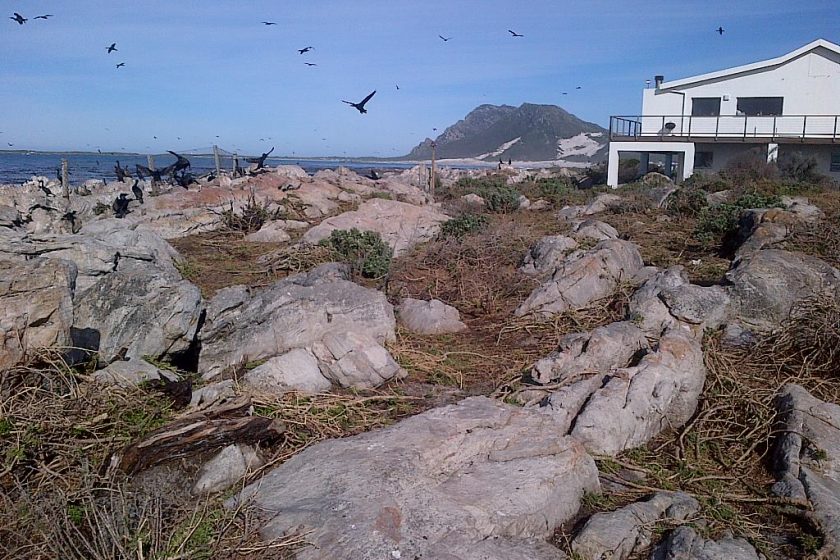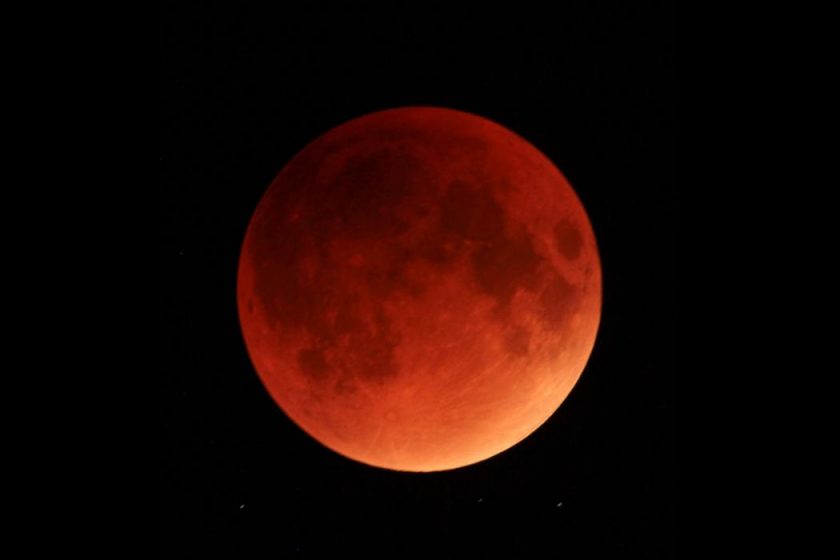
A fascinating research project presented itself during the past week when a rare male sperm whale washed ashore on Swartvlei beach near Sedgefield. A group of researchers, marine biologists and volunteers performed an autopsy on the giant mammal right there on the beach - and meticulously kept a virtual diary and running commentary of their day to day findings on the Facebook group Garden Route Trail. Mark Dixon took the stunning pics.
Not wanting such a rare and fascinating story to get lost in the social media maze, we captured it here as it unfolded:
Date : Sat 1st September
Location : Swartvlei Beach
Sperm Whale washed ashore.
It is remarkable that in the past two months no less than two whales have washed up on Swartvlei Beach east of Sedgefield.
Even more remarkable is the fact that both whales washed up a few hundred meters apart, testimony to the consistency of currents along the shoreline.
The latest whale to wash up early morning on the 31st August was a Sperm Whale, a rare event with the previous Sperm Whale to wash up on the South African coastline occurring eight years ago.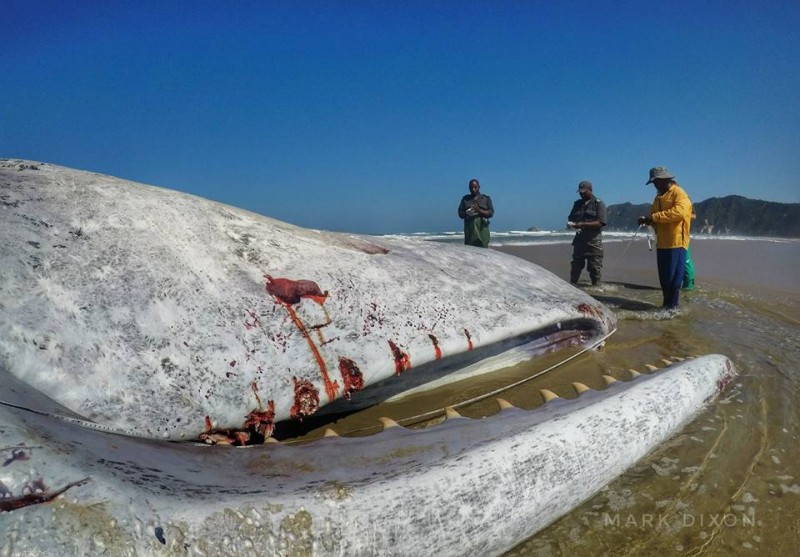
Sperm Whales belong to the toothed whale family and are well known for hunting giant squid at great depth.
Consuming approximately 900kg of prey per day they dive between 300 and 1200m, though they have been recorded at depths of 2000m.
Holding the record for dive time they average 45 minutes per dive but can spend up to 90 minutes on a dive.
Their lower jaw appears disproportionately smaller to the upper jaw and has evenly spaced conical teeth to grip squid and other prey.
The Sperm Whale that washed up on Swartvlei was 16.37m long, a male and had 36 teeth in it's lower jaw. The blubber over the abdominal rwgion was 17.3cm thick. From appearances it had been dead for at least a few days but didn't show any signs of predation or scavenging.
Interestingly, in Sperm Whales the blow hole is positioned slightly to the left of the top of the head which accounts for the distinct sideways blow of this species. Like the Humpback Whale which washed up at the end of June, the Sperm Whale washed lying on its left side and the sand covered the blowhole.
Due to the rarity of a Sperm Whale washing up there were plenty researchers to monitor the carcass and take samples. SMART from Mossel Bay helped with crowd control and Danielle Conry and Frikkie van Der Vyver from the Plett Stranding Network were assisted by Wayne Meyer from Cape Nature in measurements and sampling.
A crucial part of the sampling was securing the teeth from the lower jaw for analysis before trophy collectors and muti collectors could take them. To this end Wayne, assisted by SANParks Rangers used a chainsaw to cut the lower jaw off.
The prospect of muti collectors coming to take samples was confirmed when two spectators were overheard planning a night visit at low tide to harvest all the teeth and tail. It is possible that it is the same people who previously removed the tail from the Humpback Whale.
One of the most asked questions today was what caused the death of the Sperm Whale. While there is no conclusive answer yet, disease, injury from mating conflict or poor nutrition are the top possible resons.
Danielle and Frikkie will be attempting get to sample the stomach tomorrow.
#SANParks #SpermWhale #GardenRoute #CapeNature
https://web.facebook.com/permalink.php?story_fbid=10156482435395242&id=202573065241&__xts__
Preliminary Sperm Whale autopsy report.
Date: 2nd September 2018
Location : Swartvlei Beach
Late Sunday morning the much awaited autopsy of the beached Sperm Whale carcass got underway.
Joining the research team were Dr Stephanie Plon from NMU with Dr Greg Hofmeyr from Bayworld visiting briefly while en route to Cape Town.
The most noticeable external observation was of the advanced onset of bloat that had occurred overnight. The tongue, which wasn't easily visible on Saturday, had protruded extensively and the right flipper was extended away from the body with a slight rupture on the posterior side where it joined the body.
The most noticeable consequence of the bloating was the protrusion of the penis from the genital opening. Later, once the tide had retreated we noticed that the bloat had caused an opening to erupt from the lower back towards the tail with a mass of connective tissue still attached.
The primary objective was to sample the stomach contents. First two transverse incisions, about 1.2m apart, were made either side of the umbilicus, the area where the umbilical chord was attached as a fetus. With the intention of attaching a rope and using a 4x4 to pull the flap of blubber away, a third longitudinal incision was made, all the while being wary of the possibility of the bloated stomach exploding through the cuts. It did, but fortunately just after Frikkie had stepped away.
The first contents retrieved were a few small squid beaks and some intestinal parasites.
Once the rope was attached to the flap of blubber the tug of war started. It was incredible to see how strong the blubber is. It hardly moved and the 4x4 just spun in the sand. Carefully, Frikkie had to cut along the edges of the flap while the 4x4 pulled the flap, a delicate operation balancing safety and precision slicing.
Once a sufficient abdominal opening was made better sampling of the stomach was possible. In all, approximately 7 liters of squid beaks were collected (a volumetric estimate is used as it wasn't possible to weigh the sample on the beach).
The stomach lining also had a growth in it and tissue samples were taken to determine if it was an ulcer or a tumor.
In addition to the squid beaks a mass of about 5 liters of fishing rope was recovered from the stomach. Though difficult to confirm at the time, it looked like a 4mm down line from a long line setup.
Sperm Whales are remarkable hunters, the largest contemporary predators on the planet. They hunt primarily squid in depths up to 2000m. When checking the size of the squid beaks, the bulk of them were from small individuals with a few from medium sized squid and one beak (that I saw) from a squid that would have been approximately 1.5m depending on species.
Considering the dexterity, rapid and nimble movements of squid, especially the smaller ones it is remarkable to contemplate a 16m Sperm Whale having the agility and stealth to both approach a squid and to catch it. Yet from the beaks in the stomach, it did so successfully.
Research of Sperm Whales is by nature difficult and except for behavioural observations often relies on studying dead specimens that have washed up making this a incredibly valuable chance.
With regards to the beaks found in Sperm Whale stomachs it is thought that after digestion of the squid, they do not immediately pass through the digestive tract, but are possibly retained in the stomach as a means of protecting the intestine from the sharp edges.
One theory of their elimination from the stomach is by regurgitation. A second theory is that the Ambergris, which forms in either the intestine or rectum (again no conclusive studies have been possible), is produced to safely eliminate the beaks through the digestive tract.
In terms of the death of this specimen, it is too early to conclude that one particular aspect was the cause of death. While there was rope present in the stomach, it hadn't prevented the whale from eating and digesting it's prey. Histology tests will have to be done to determine what the growth in the stomach is and what a possible cause was. Additional tests of tissue samples will also indicate any chemical accumulation.
With regards to when the whale died, condition of the skin, decomposition of connective tissue and stomach lining and onset of bloat indicate that it had been dead for between a few days to a week before washing up.
Both Danielle Conry and Frikkie van Der Vyver will continue sampling at low tide on Monday, however they are in need of some assistance to replace equipment. Today three of their knives broke and the wooden pole on the flencing knife broke. If any business or individual would like to donate either funds to replace or supply replacement knives, they would appreciate it. They have done this sampling on a volunteer basis. PM me if you would like to assist.
A special thanks to both Thembile Mpongoza and Nelson Tyhali, rangers from #SANParks who have assisted tirelessly over the weekend.
#SpermWhale #GardenRoute #Sedgefieldza



Sperm Whale update
Date : Tuesday 4th September
Location: Swartvlei Beach
If you are planning on heading down to Swartvlei Beach in the next few days to view the Sperm Whale carcass, I suggest that you take the following items with you.
Dish washing liquid, a beach towels, a change of shoes and a bucket. As the last sampling done by the Plett Stranding Network marine scientists Danielle Conry and Frikkie van Der Vyver, they collected a spermaceti sample.
Spermaceti is a waxy liquid which is produced in the spermaceti organ of Sperm Whales and was one of the reasons this species was hunted so extensively during the commercial whaling era. The spermaceti organ is located above the jaw and forward of the skull and can contain up to 1900 liters of spermaceti.
There are two theories what Sperm Whales use the spermaceti. The one is for buoyancy. By heating up or cooling down the spermaceti by changing blood flow to the organ it alters from liquid to solid, changing buoyancy helping the whale sink or float.
The second function proposed is echo location using the spermaceti as either an amplifier or condenser (or both) to locate squid and possibly to project a sonic wave to stun it's prey.
Commercial use of spermaceti ranges from lamp fuel, cosmetic bases and industrial lubricants.
Yesterday morning Danielle and Frikkie collected a few liters of spermaceti. It flowed as a liquid and as soon as it came into contact with the water solidified into soft waxy blobs. By 15h30 the spermaceti was still trickling out of the incision made to collect it and the beach had a deposit of small beads and a few lumps of the waxy form for a few hundred meters either side of the carcass.
So, if you go down to the beach for a walk to look at the carcass and you don't stay above the high-water mark, either your shoes or feet will get caked by the spermaceti. When you get back to your car you will need to either remove your shoes or rinse your feet. If it splashed onto your pants, line your car seat with a plastic bag before sitting on it and put the towel and shoes in the bucket.
For those that have been to view the whale before, the decomposition is blatantly evident. The skin has peeled of, the lower layer has darkened and the overall appearance looks like an old rusty object.
In terms of the disposal of the carcass, larger machines are required and SANParks are waiting for more favorable tides.
In terms of smell, as soon many have asked, yes there is a 'whiff' though nothing over powering. If you approach from the windward side you won't be affected, so check the wind direction and plan your direction of approach.
https://web.facebook.com/permalink.php?story_fbid=10156482435395242&id=202573065241&__xts__
- Related Articles:











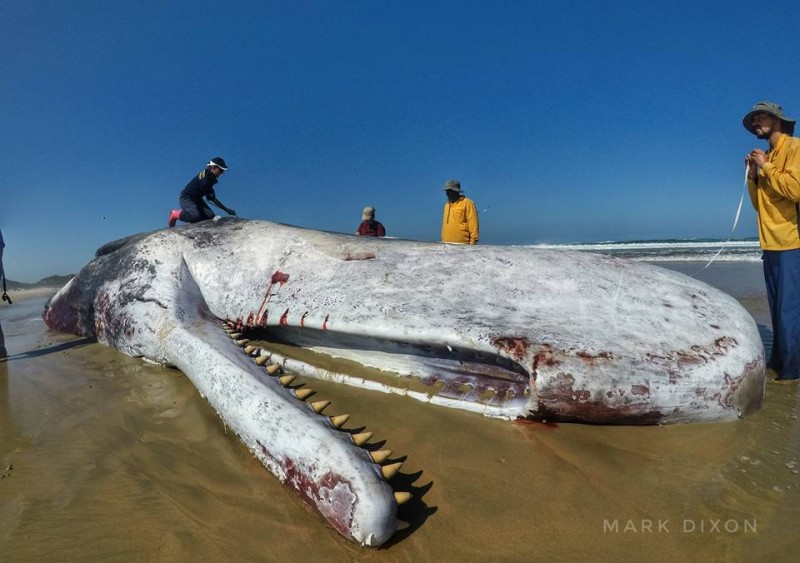










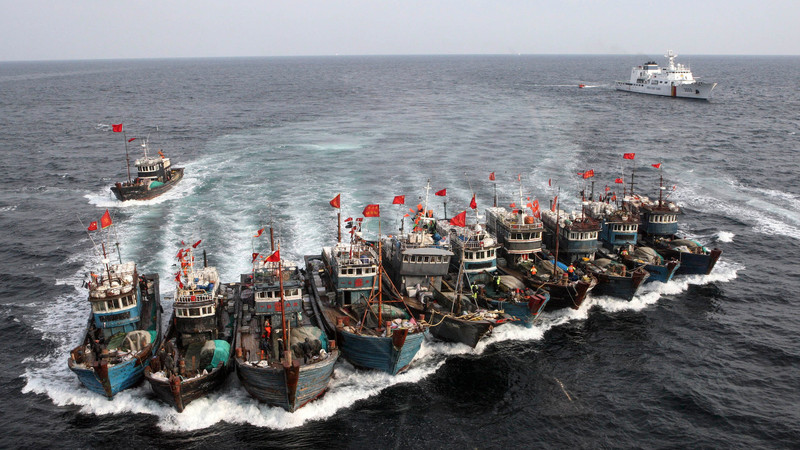
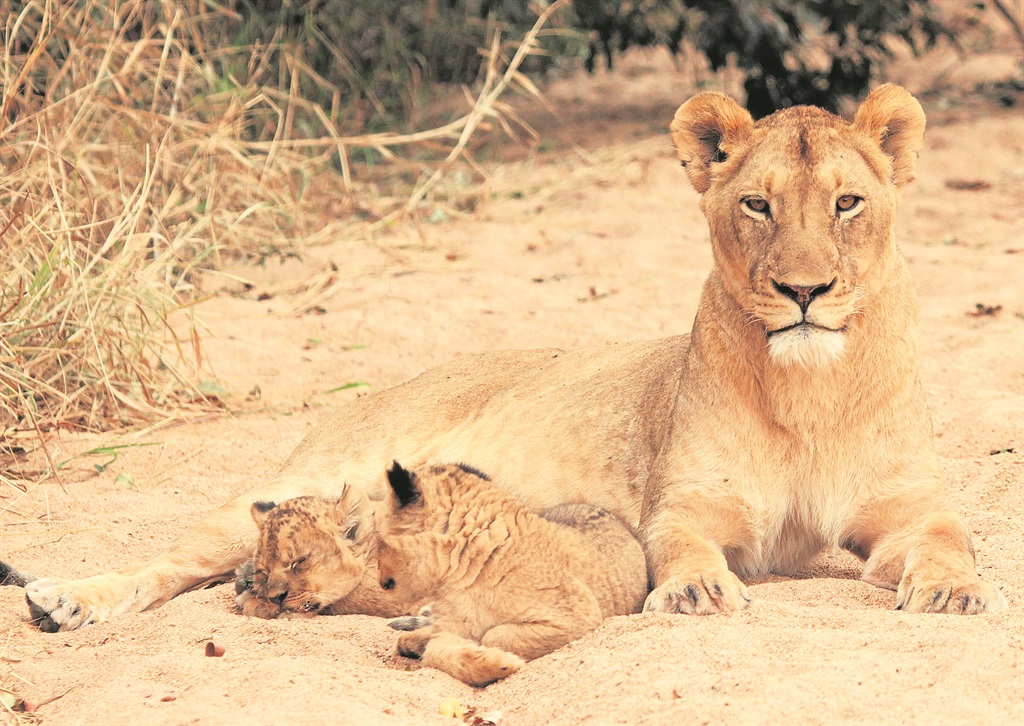
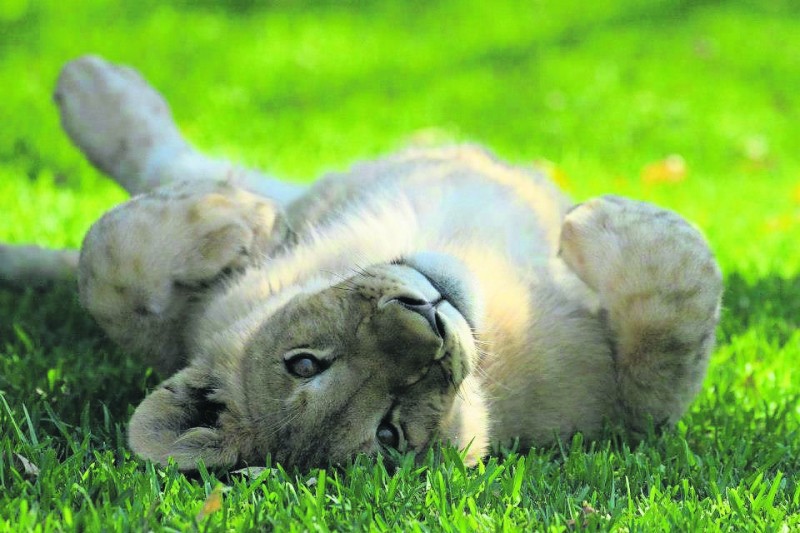




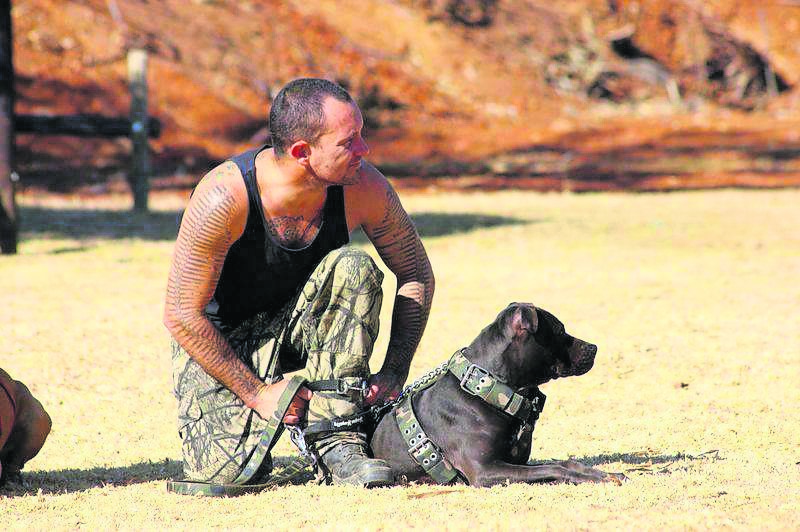



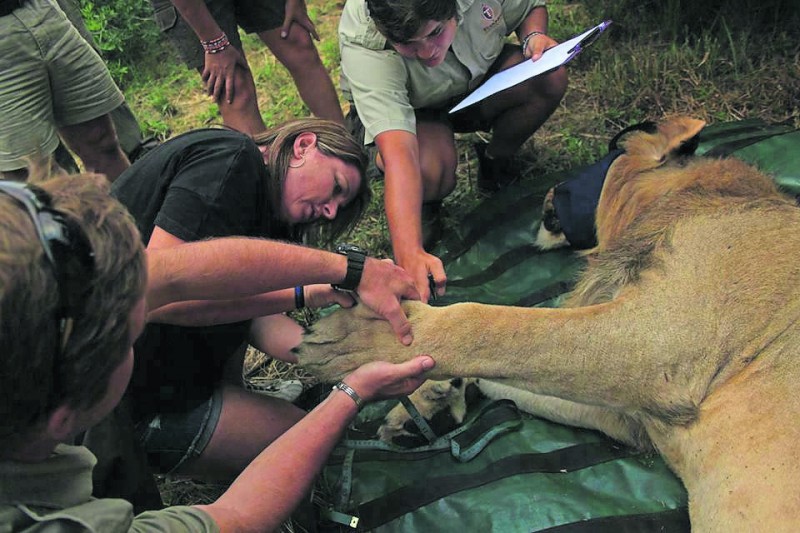


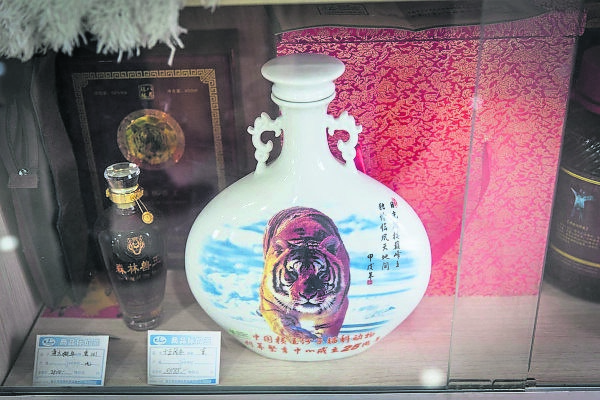
 Lees ook:
Lees ook: 
